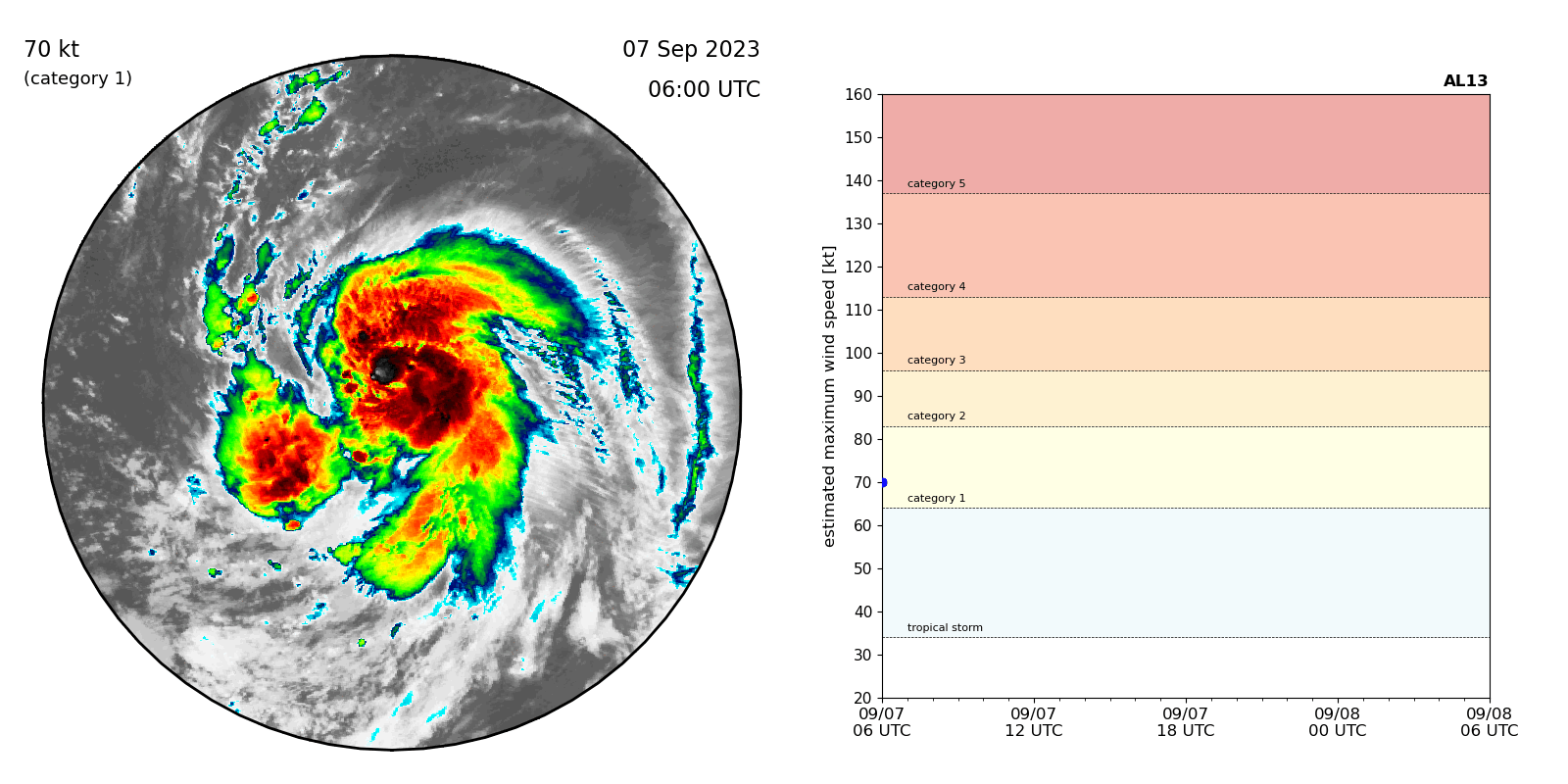Xangsane
^ Sheboons consider these lot white
- Joined
- Jun 11, 2021
- Posts
- 152,202
- Reputation
- 129,453
YOU'VE SEEN MY BAJILLION THREADS ON LEE AND JOVA.
THEY ARE THE STRONGEST HURRICANES OF THE ATLANTIC AND PACIFIC HURRICANE SEASONS, RESPECTIVELY (AS OF FRIDAY, SEPTEMBER 8TH, 2023).


THEY ARE THE STRONGEST HURRICANES OF THE ATLANTIC AND PACIFIC HURRICANE SEASONS, RESPECTIVELY (AS OF FRIDAY, SEPTEMBER 8TH, 2023).
(Mawar is extra SQUISHY SQUISHY btw)
BOTH HAVE NOW PEAKED. JOVA IS ON HER WAY OUT. LEE MIGHT PEAK AGAIN.
LEE MIGHT GO ER UP THE CHESAPEAKE.
IT DEPENDS ON WHAT THAT FAGGOT MAGGOT DOES AND WHETHER SHE STRENGTHENS WHICH INFLUENCES A RIDGE THAT MIGHT STEER LEE AWAY FROM THE US.
YOU'VE SEEN ME POSTING SHITTY GFS, HAFS, AND EURO MODEL RUNS, AND UPDATES ABOUT THEM.
YOU'VE SEEN ME SPAMMING SATELLITE IMAGES OF THE TWO HURRICANES.
YOU'VE SEEN ME GOING ON ABOUT FRANKLIN GOING SUICIDE BOMBING IN THE CARIBBEAN.
NOW LET'S SETTLE THE FINAL DEBATE ABOUT WHETHER LEE OR JOVA MOGS THE HARDEST.
(I'LL ALSO POST AN AI-GENERATED HUMANOID OF THE TWO JUST FOR FUN.)
STATS, PATH AND IMAGES (as of September 8th, 2023)| Lee | Jova | |
| Dates active | September 5th, 2023 - present | September 4th, 2023 - present |
| Storm category at peak intensity | Category 5 hurricane | Category 5 hurricane |
| Peak intensity mph (km/h) | 165 (270) | 160 (260) |
| Minimum pressure (mbar) | 926 | 929 |
| Damage | Don't know yet | 0 |
| Body count | Don't know yet | 0 |
| Estimated ACE | 40+ | ~16-17 |
| Path taken (so far) | ||
| Path forecast | ||
| Images | ||
| Humanoid version |













